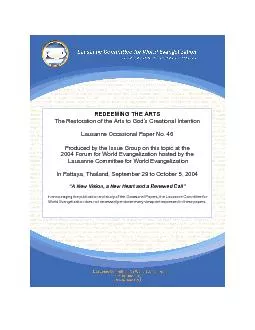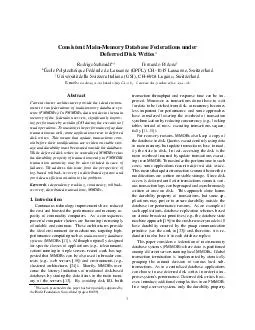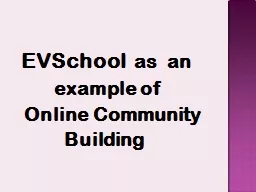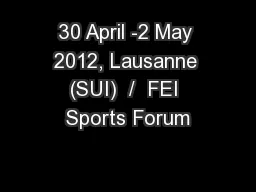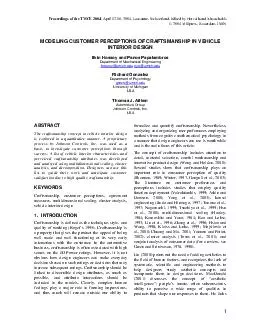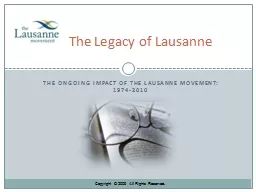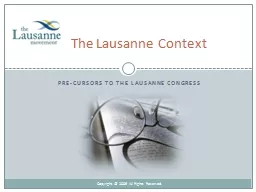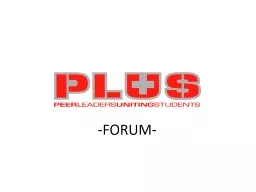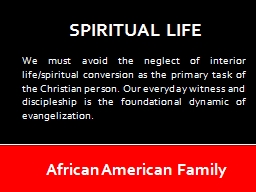PDF-Lausanne Occasional Paper No. 46 2004 Forum for World Evangelization h
Author : conchita-marotz | Published Date : 2016-07-20
Series Editor for the 2004 Forum Occa David Claydon Colin Harbinson John Franklin James Tughan and Phyllis Novak The full list of participants is at Lausanne Committee
Presentation Embed Code
Download Presentation
Download Presentation The PPT/PDF document "Lausanne Occasional Paper No. 46 2004 Fo..." is the property of its rightful owner. Permission is granted to download and print the materials on this website for personal, non-commercial use only, and to display it on your personal computer provided you do not modify the materials and that you retain all copyright notices contained in the materials. By downloading content from our website, you accept the terms of this agreement.
Lausanne Occasional Paper No. 46 2004 Forum for World Evangelization h: Transcript
Download Rules Of Document
"Lausanne Occasional Paper No. 46 2004 Forum for World Evangelization h"The content belongs to its owner. You may download and print it for personal use, without modification, and keep all copyright notices. By downloading, you agree to these terms.
Related Documents

